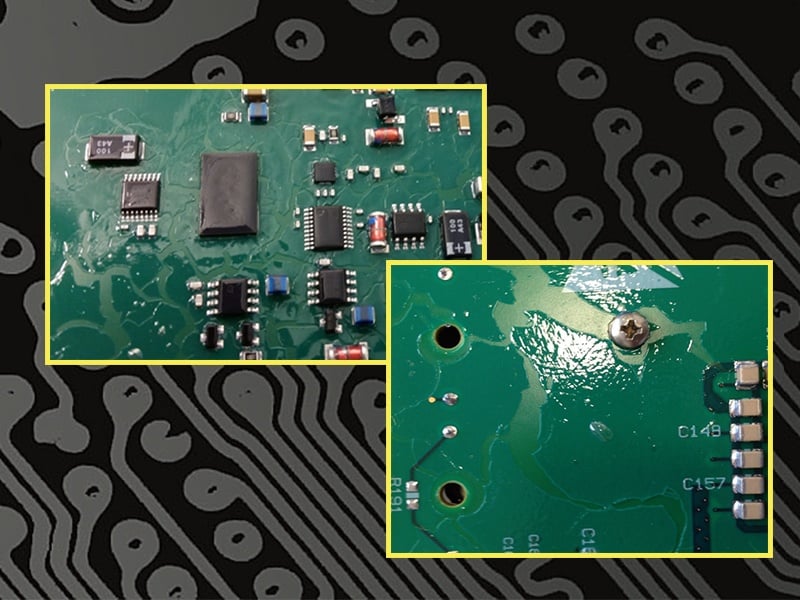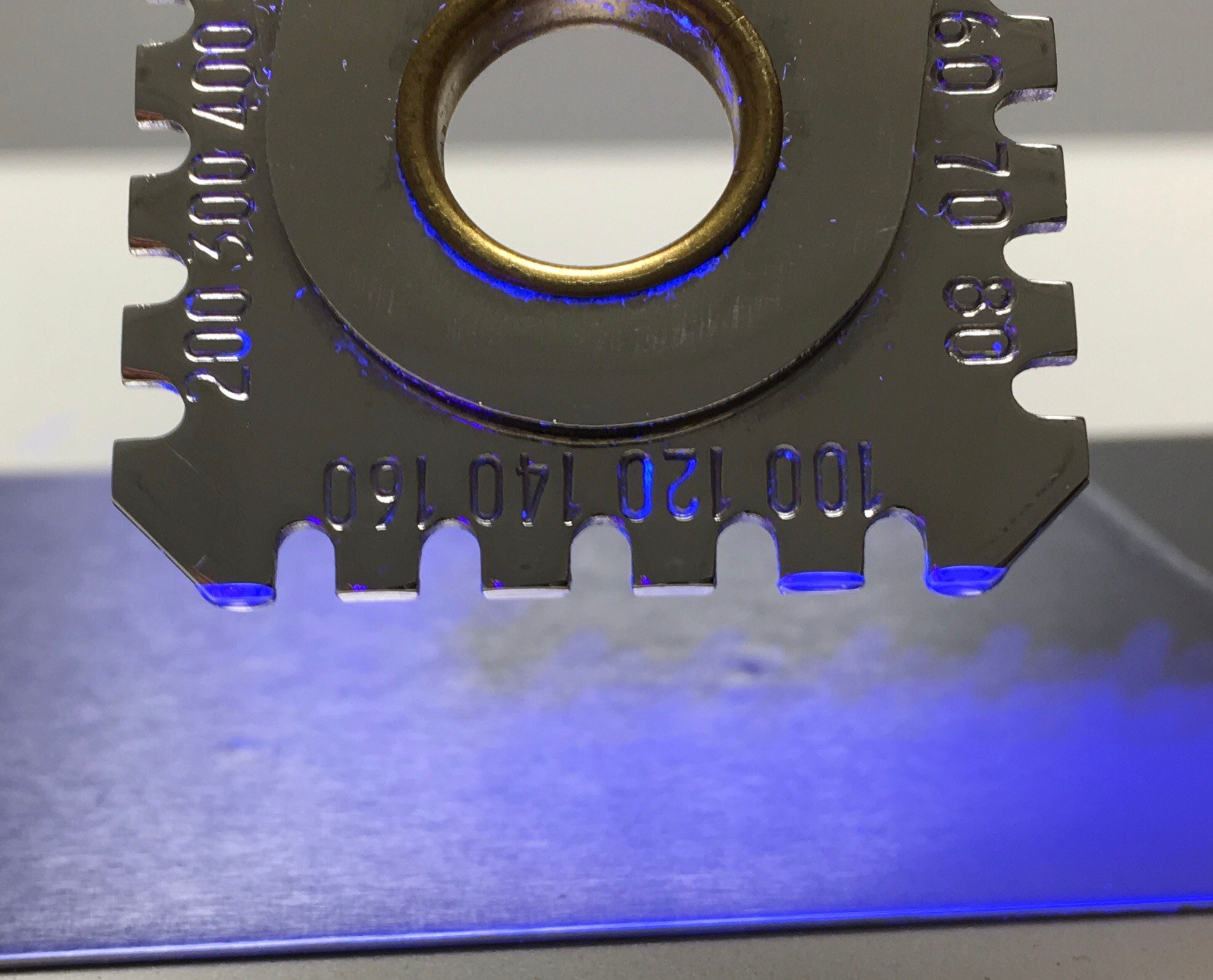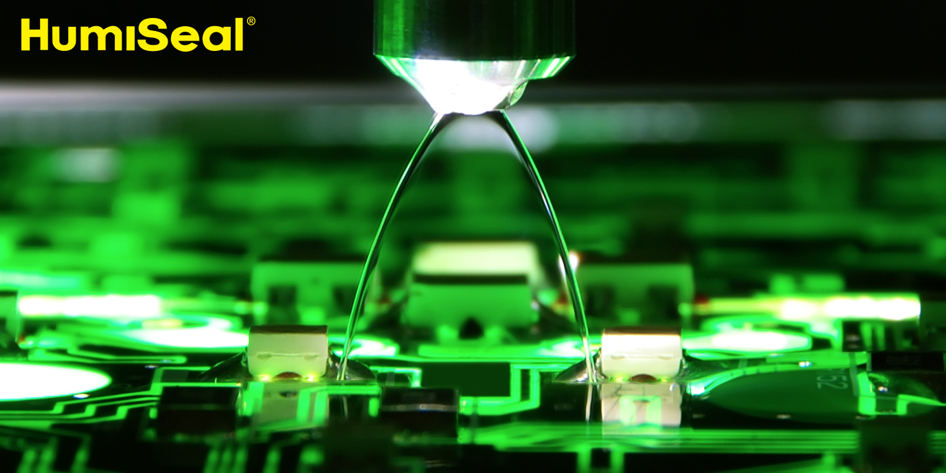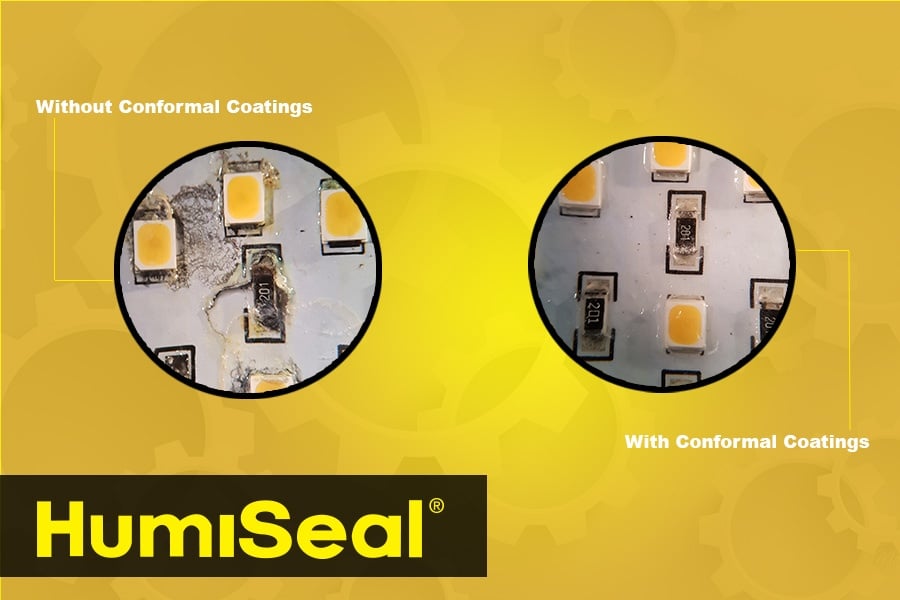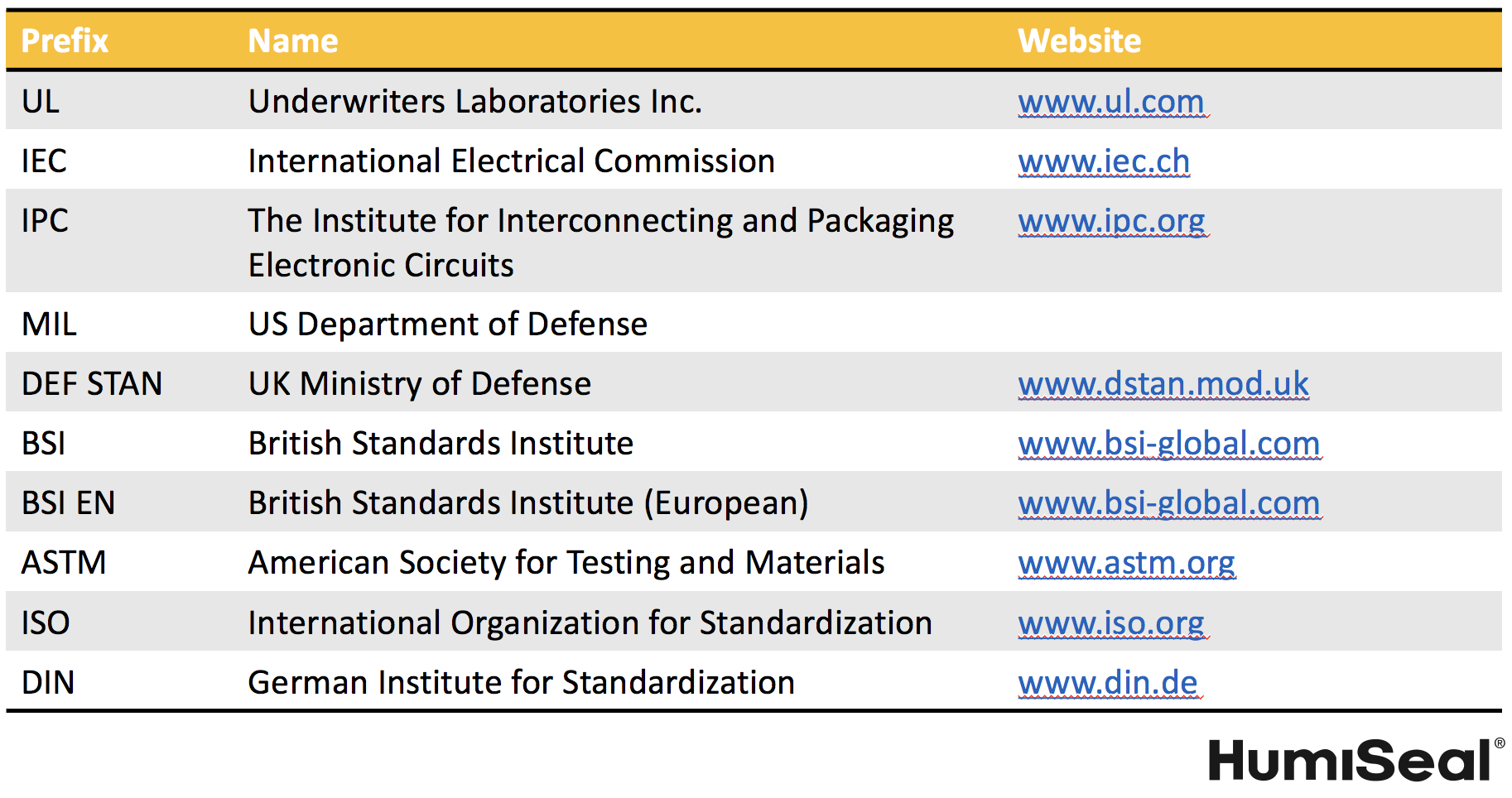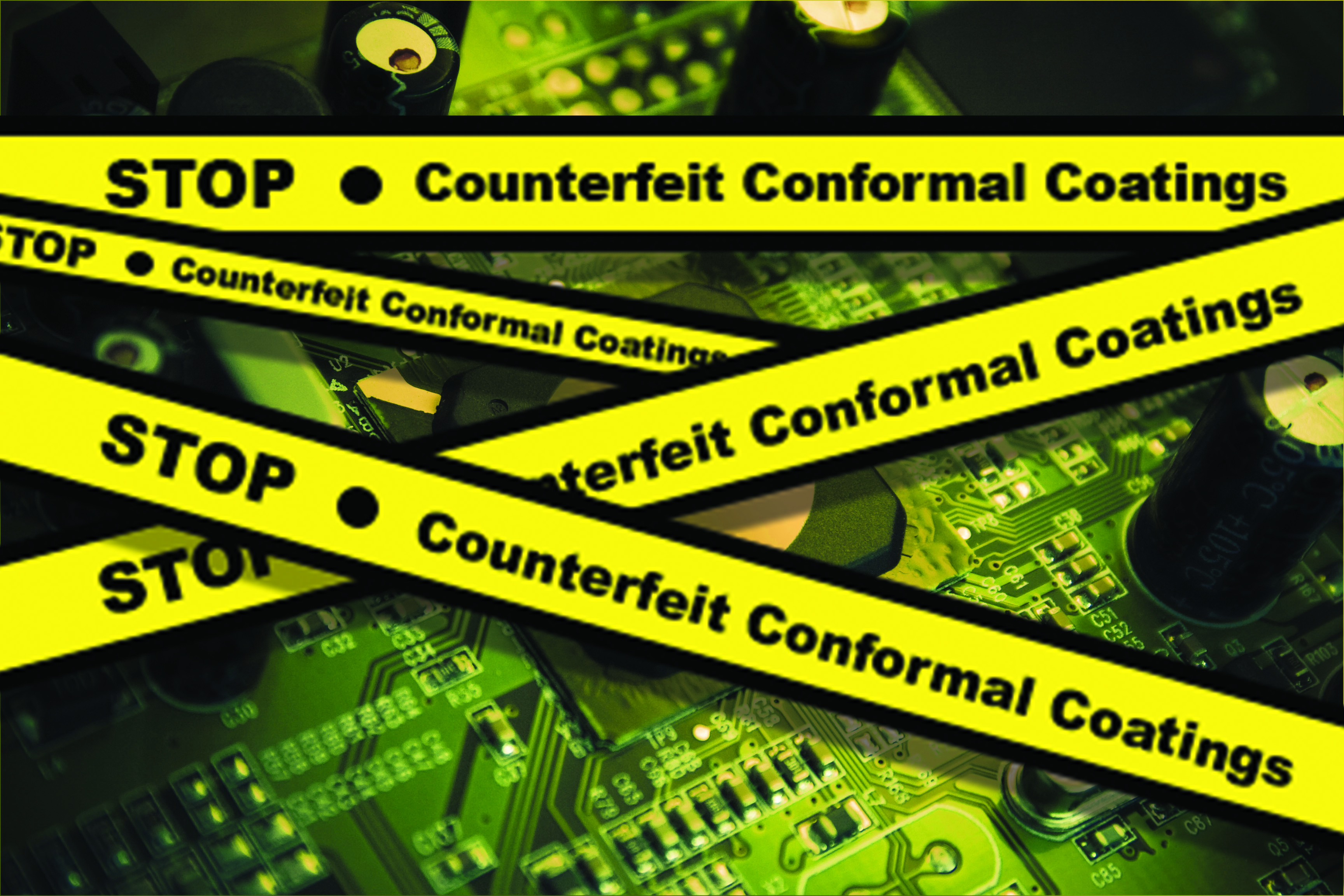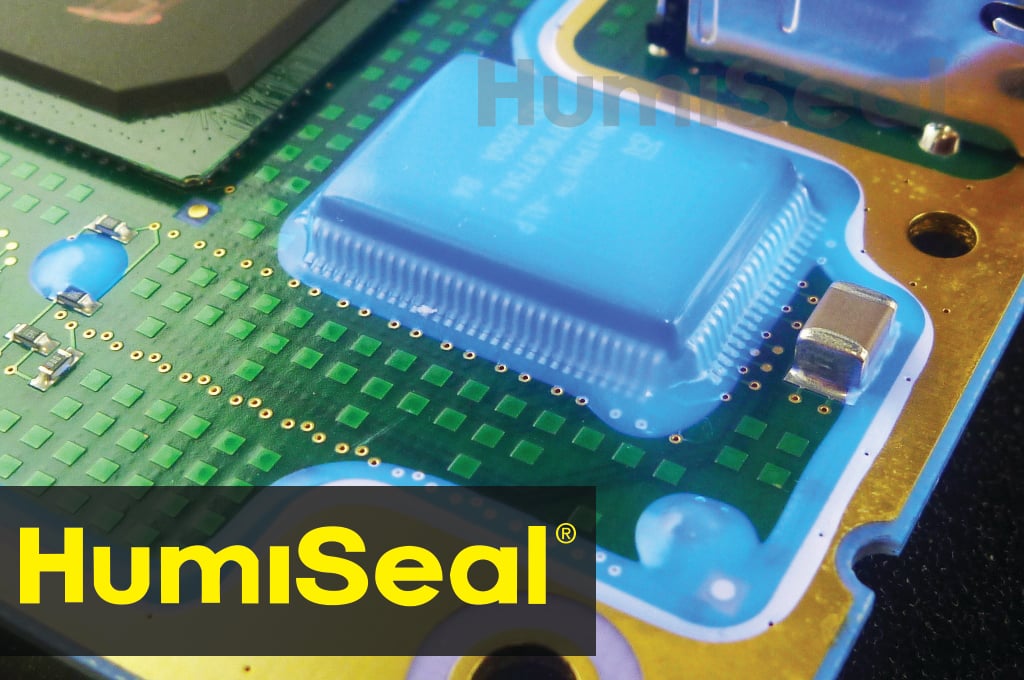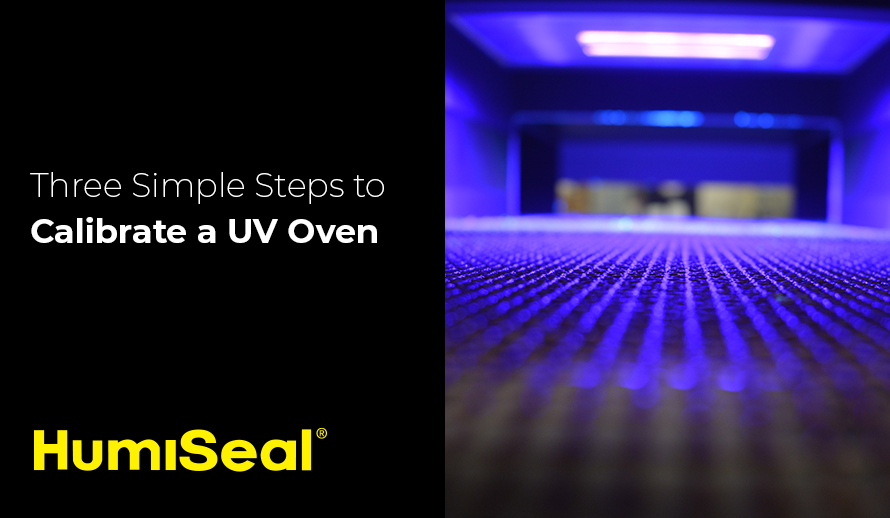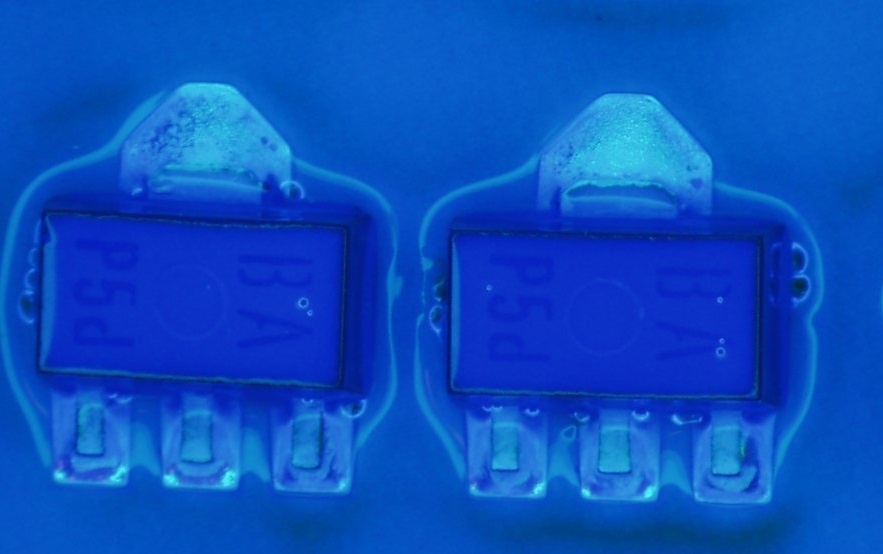Have you ever seen your conformal coating separate or de-wet? Have you observed the conformal coating to flake off after cure? The key to your success is understanding the relationship between surface energy (of the substrate) and surface tension (of the conformal coating). There are some simple steps you can take to help ensure you possess a healthy balance of both.
Simple Steps to Ensure Proper Wetting & Good Adhesion
Topics: Humiseal, Conformal Coating Process, proper wetting, troubleshooting, surface energy, conformal coating application
What is a Wet Gauge and How to Measure Conformal Coating Thickness?
The application of the conformal coating in a uniform and consistent coverage is a key challenge that defines the reliability of the finished product.
A thin coating will provide inadequate protection against corrosion or insulation between conductors. Conversely, if the conformal coating is too thick, it will increase the risk of forming other types of coating defects such as bubbles, insufficient curing, and potential cracking during thermal shock cycles.
Besides the verification of the process parameters such as coating viscosity and the application method is correctly setup, the amount of conformal coating material applied on the printed circuit boards can be measured before curing. For this, wet film conformal coating thickness gauges are used. This method ensures quality control while the coating material is still wet.
Topics: Conformal Coatings, Coating Application Preparation, Conformal Coating Process
The Importance of Air Quality in Conformal Coating Process
One of the basic components used in most automatic or semi-automatic conformal coating processes is compressed air. Pressurized air moves the liquid coating from the tank, through the hoses and the valves onto the PCB. Since the pressurized air makes direct contact with the conformal coating, there are critical properties that must be taken into consideration, especially with moisture sensitive materials. What critical factors are important when working with UV40, UV500, 1A20 or any RTV Silicone from HumiSeal?
ENERGY STAR, The United States Environmental Protection Agency program that provides certification to buildings and consumer products which meet certain standards of energy efficiency, defines what a LED light is.
LEDs, or light-emitting diodes, are semiconductor devices that produce visible light when an electrical current passed through them. LEDs are a type of Solid State Lighting (SSL), as are organic light–emitting diodes (OLEDs) and light–emitting polymers (LEPs).
Also states: Thermal management is probably the single most important factor in the successful performance of a LED product over its lifetime because the higher the temperature at which the LEDs are operated, the more quickly the light will degrade, and the shorter the useful life will be.
Topics: Blog, LED technology, Conformal Coatings
How To Create Your Own Internal Conformal Coating Test Standard
How do you select and test a conformal coating that is right for your specific application? Or maybe you would like to create your own test specification due to any special characteristics of your device’s operating environment? Or depending on your geographical location, you may also be required to use a different testing specification that is dictated by local authorities.
A widely used method to create an internal specification, is to simply select a conformal coating material that meets an existing specification standard. Such standard could be MIL-I-46058C or IEC-60664. However, you must be careful to ensure that the existing standard that you choose, does indeed meet 100% of your requirements. In such cases, you may have to specify test methods from other existing standards.
Topics: conformal coating, testing procedure
3 Simple Solutions to Avoid Cobwebbing in your Application
So, you’ve spent a considerable amount of time setting up your conformal coating process only to observe the dreaded cobwebbing effect once you start applying the material. Well, in this blog post, I’m going to run through the common root causes and provide some simple solutions you can take to get you back to applying your coating in a defect free manner.
Counterfeit Conformal Coatings are Costly for Everyone
The counterfeit of electronic materials is nothing new in the industry. There are numerous sources of these fraudulent practices and they come in various forms. However, the most important aspect is the cost that these forged coatings have on users.
It is known and well documented that in today’s electronics industry, there are some PCB board components that may come from manufacturer scraps, re-labeled unused parts, and removed components from used circuit boards. It has been reported that most of these electronic components are integrated circuits.
Dear customer, thank you for many years of patronage and for your continuous support to HumiSeal conformal coating products. To celebrate you, the customer, we would like to share some findings of our internal survey. The objective was to find the characteristics of our ideal customer, those whom we have had the most success.
Have you ever wondered if your UV oven is performing up to specification? Has your UV curable conformal coating come out of the oven tacky? Today I’d like to take a few minutes to write about the importance of calibrating your UV oven to ensure you are getting the most out of our UV conformal coatings. Setting up and optimizing your UV oven is a simple process that can be accomplished in three easy steps. Here’s what you’ll need to get yourself started!
- Conformal coating technical data sheet (TDS)
- UV radiometer (calibrated and certified)
That’s it! You only need these two items to successfully test and optimize your UV oven whether you are using a benchtop or inline UV curing system.
An Effortless Approach to Eliminate Bubbles in Conformal Coating Through Solvent Type and Product Selection
Hello Again! The last time we discussed bubbles in conformal coating, I wrote how to resolve process related root causes. There are other simple ways to reduce the amount of bubbles:
- by varying the types of solvents used in a product
- by using a product that contains a surface tension modifier, hence increasing the rate at which bubbles burst.
If you recall, most of the bubbles are basically solvent or air entrapped in the coating. As you might expect, the air and solvent try to find their way up through the liquid to escape. The problem is that the surface dries first, creating a thin skin that prevents those bubbles from escaping. Therefore, the solution is to eliminate the bubbles in the coating prior to the skin formation. In other words, use a solvent set and other surface tension reducing chemistries to accelerate elimination of bubbles.


